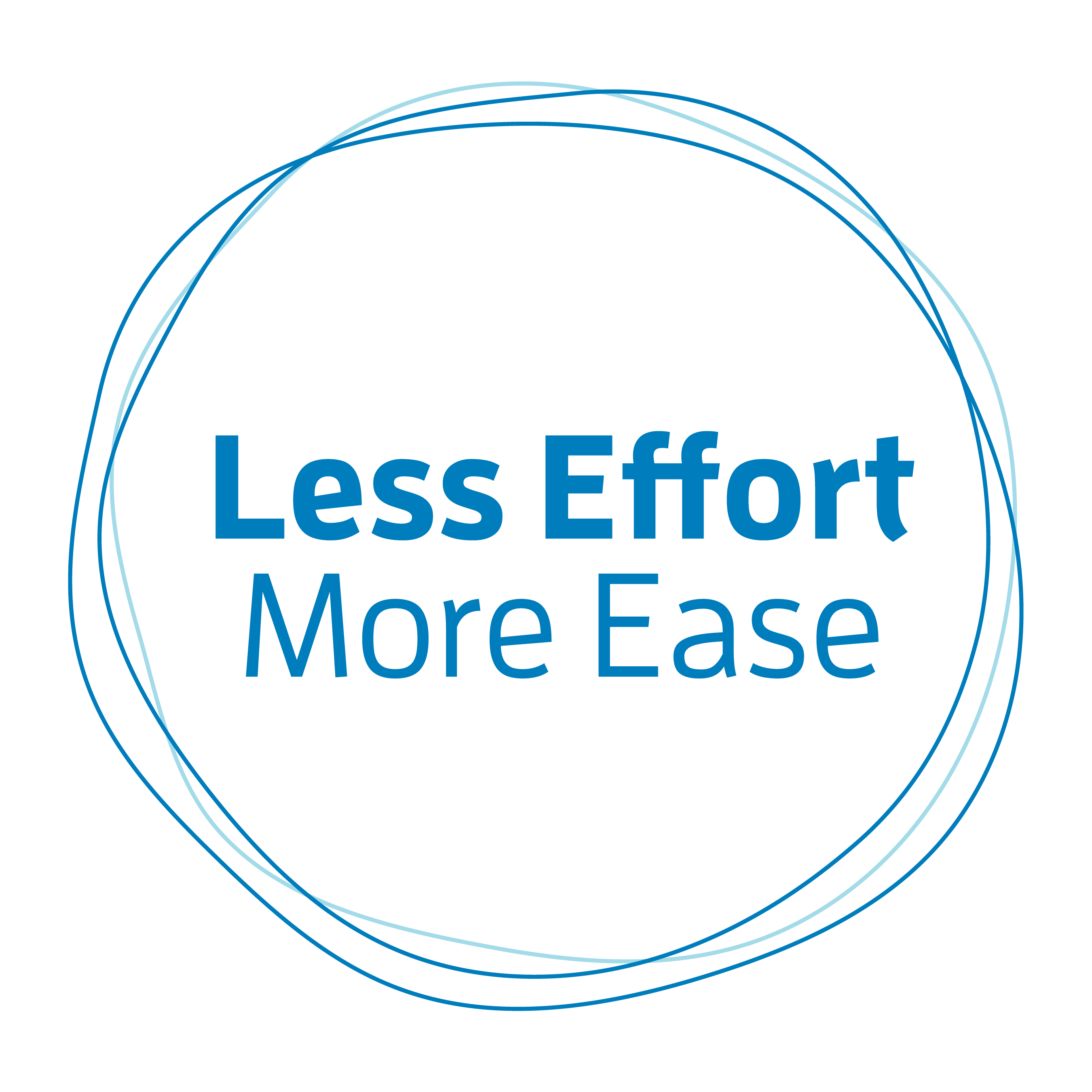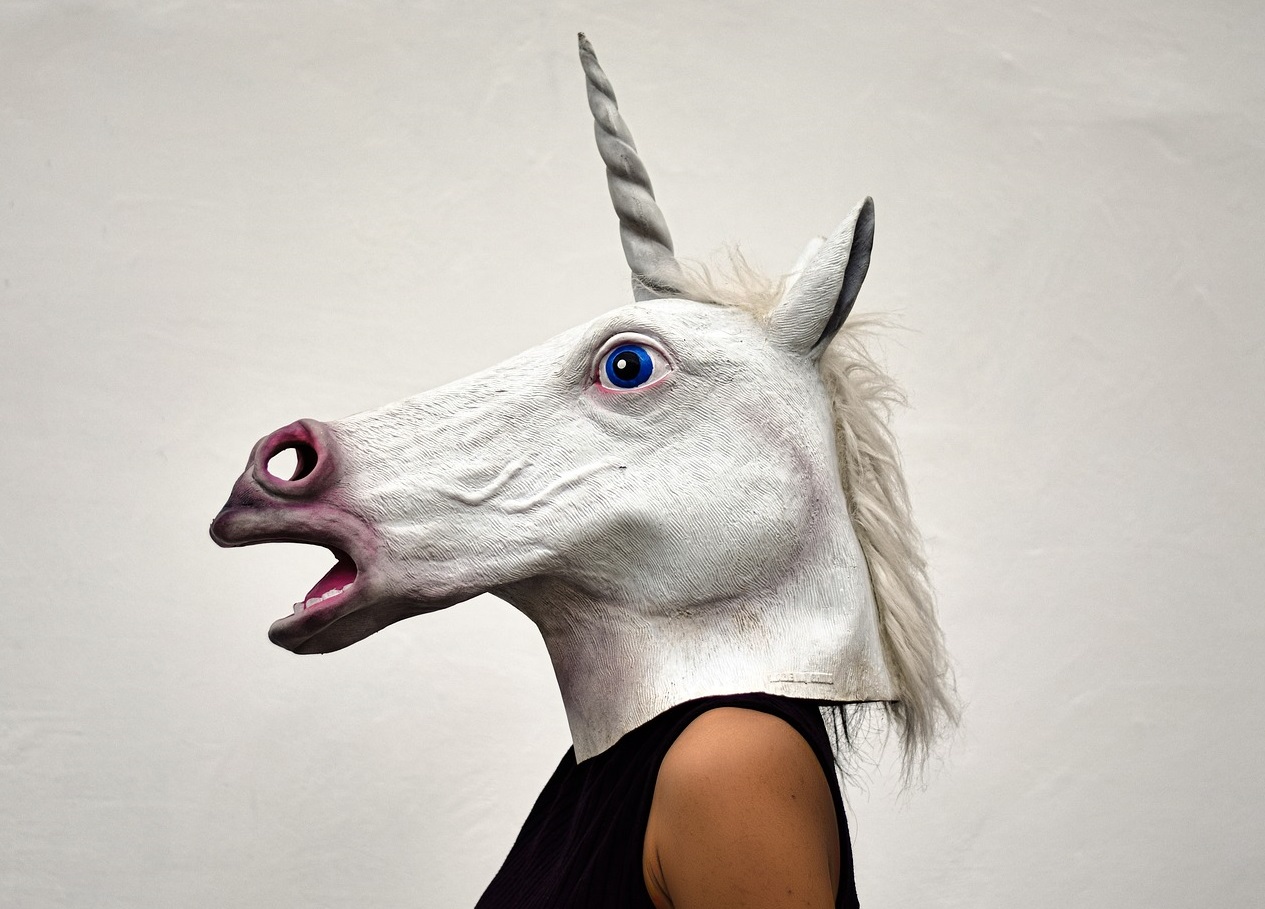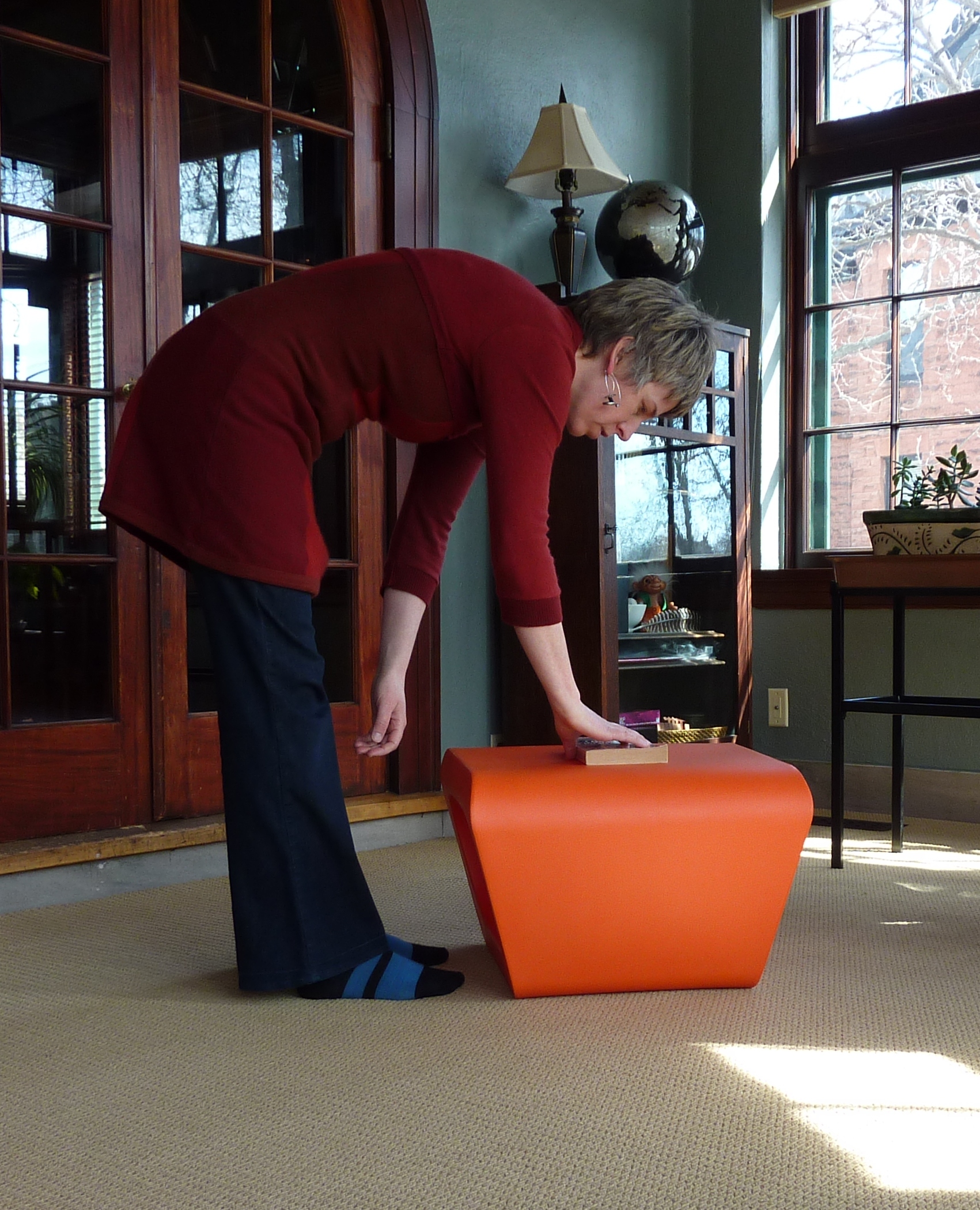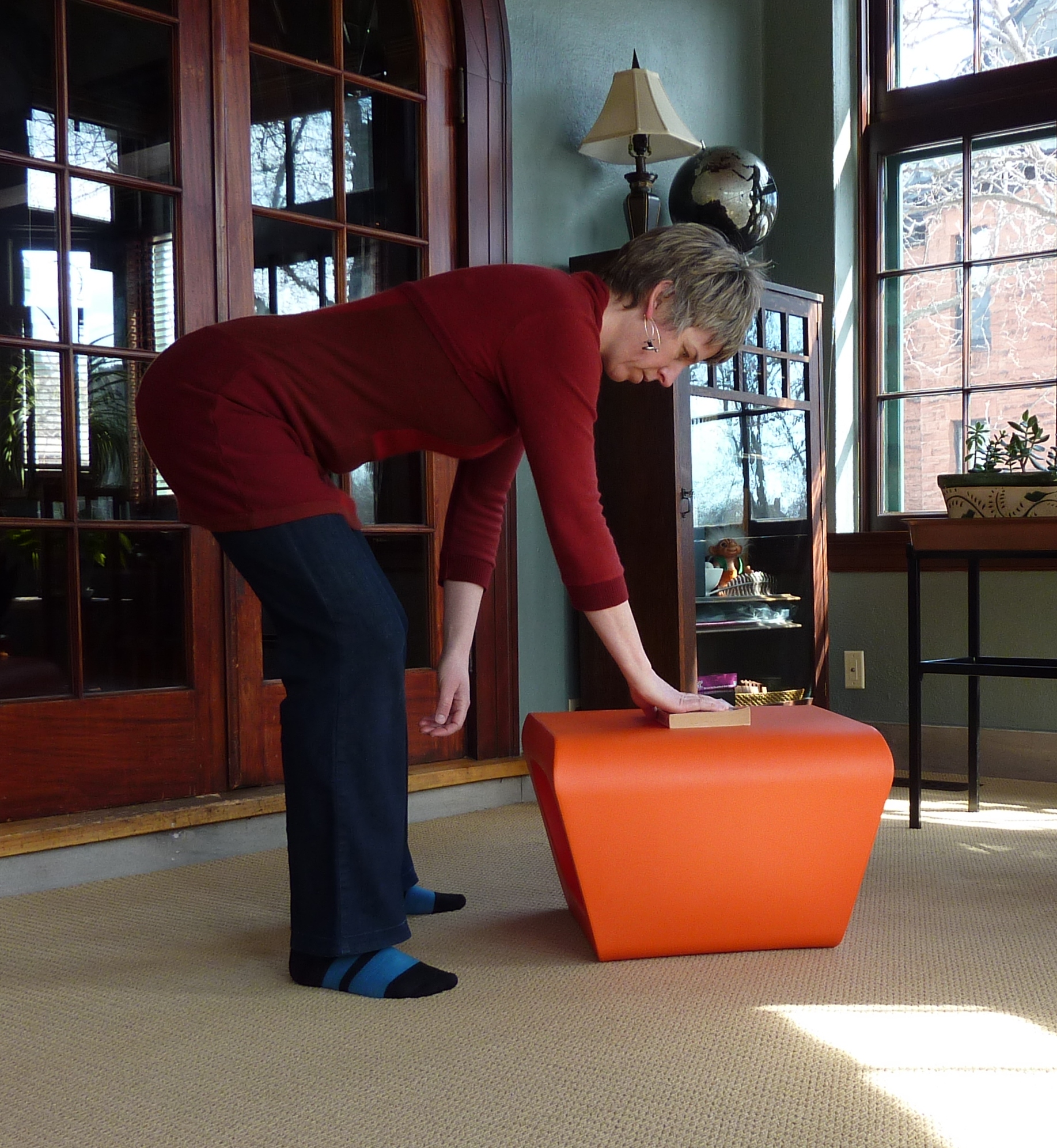We’ve spent quite a bit of time exploring what your head is (skull and lower jaw), where your skull balances on top of your spine (way up high between your ears), and the function of your Nodding Joint (to look up and down). All in order to help you evaluate, and if need be, correct your body map.
Body map? Huh?
You have in your mind a map of your body and how it works. Your body map includes size, shape, and function. Many things have gone into the creation of your body map over the years. What’s important to realize is you’ll typically move in accordance with how you think you’re structured, even if your thinking is inaccurate. If your body map is faulty, movement suffers.
Body mapping is the conscious correcting and refining of one’s body map by assimilating accurate information provided by kinesthetic experiences, mirrors, models, books, pictures, and teachers. Alexander teachers frequently use body mapping to help their students.
Don’t worry. In my experience, you don’t need to understand every minute detail of your anatomy to manage your posture and move with ease and efficiency. But there are some key relationships and joints I find are fundamental to map correctly. The Nodding Joint is one of them. The Hip Joints are another.
We’ve been up at the head for a while. Let’s move down to the other end of your spine. What’s at the other end of your spine? Your pelvis. The head and pelvis are like two bookends on either end of your beautifully curved and somewhat flexible spine. In between is your rib cage.
The Hip Joints are where your legs join your torso. And this my dear friend I find is the second most mismapped joint in the body along with that Nodding Joint. So, let’s find it!
To locate your Hip Joints stand up, march in place and slide your fingers into the crease the legs make with the torso in front. Your fingers should be pointing in toward the hip joints. This is a ball and socket joint and allows for a great deal of free movement. If you have low back pain it’s extremely important to locate and learn to use your hip joints freely for bending, as opposed to your waist.
The waist, like the unicorn, is a myth. The waist is not an anatomical structure. It’s where you put your belt. However, often you think of the waist as an actual entity with hinge-like qualities. Your spine is flexible in this area but is not designed to be used as a hinge. Faulty thinking often leads to faulty use—repeated use of the waist as a hinge joint, as opposed to the hip joints lower down, is responsible for a lot of lower back problems.
Experiment with bending lower down from your hip joints instead of your waist.
Picture credits: Image of unicorn by Michael Breiva from Pixabay





